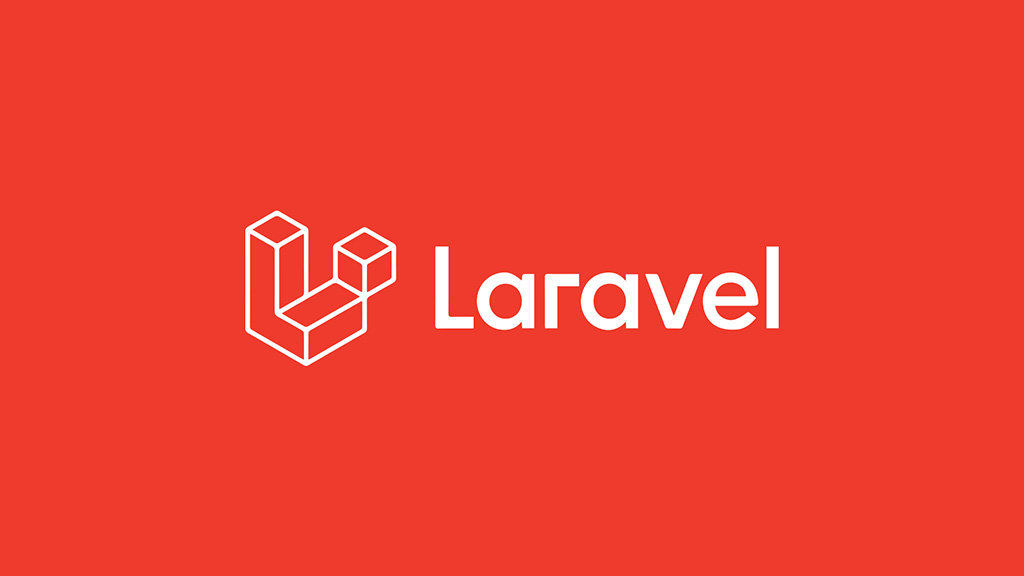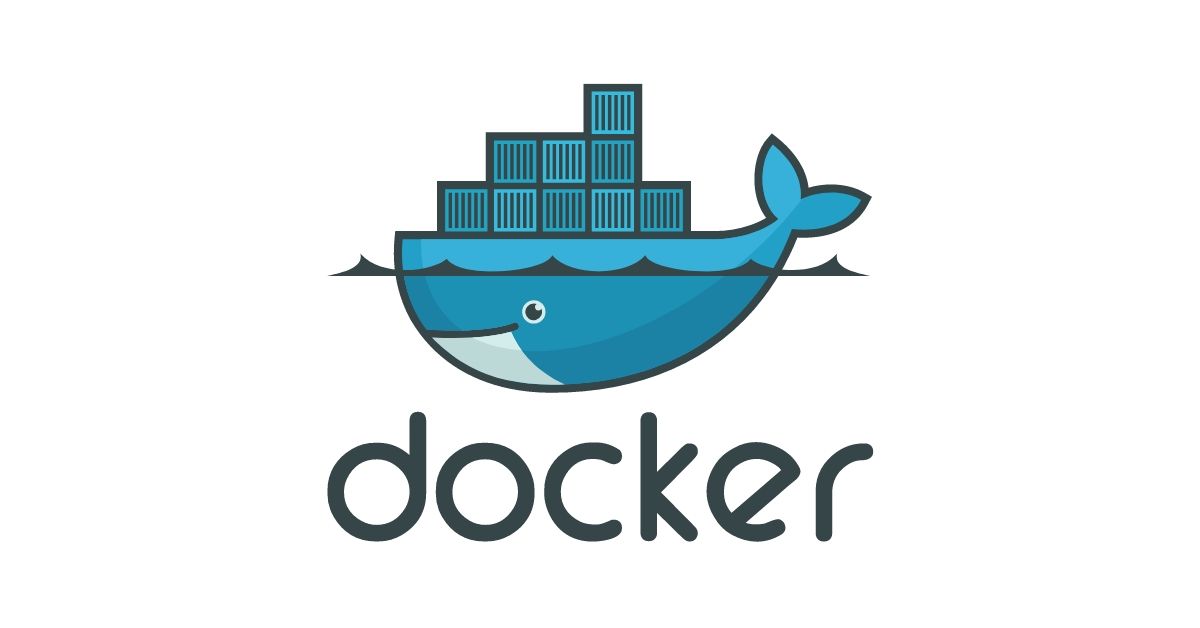當建立好 Controller 後,便可來了解該如何使用視圖來製作樣板以及將資料帶入。
首先如果我們有以下的 Controller,便可以使用 view 而非直接在 Controller 內 echo HTML 的內容,可以參考以下的寫法讀入 view:
class Store extends Controller
{
public function index()
{
return view('home');
}
}
此時讀到此頁面,便會去讀取 app/Views/home.php 的內容,我們也可以透過 Controller 將變數帶入 view 已根據不同情況顯示不同的內容:
public function index()
{
$data=[
"title" => "我是標題"
];
return view('home', $data);
}
這時在 home.php 裡便可透過變數顯示內容:
<title><?= $title ?></title>
在 CodeIgniter 4 之後也跟許多其他的框架一樣,可以使用 extend 的方式去套用樣板,比如說我設定一個樣板名為 layout.php 長得這樣:
<!doctype html>
<html lang="zh-TW">
<head>
<meta charset="UTF-8">
<meta name="viewport"
content="width=device-width, user-scalable=no, initial-scale=1.0, maximum-scale=1.0, minimum-scale=1.0">
<meta http-equiv="X-UA-Compatible" content="ie=edge">
<title><?= $title ?></title>
</head>
<body>
<?= $this->renderSection('content') ?>
</body>
</html>
我在 home.php 那邊如果想要使用這個樣板,就可以這樣寫:
<?= $this->extend('layout') ?>
<?= $this->section('content') ?>
<h1><?= $title ?></h1>
<?= $this->endSection() ?>這樣就可以使用 layout 的樣版,而 home.php 這一頁不一樣的地方則可以寫在 $this->section('content') 的區段之內。
$this->renderSection() 也可以設定很多個區塊,可以依據需求設定在這些區塊內寫入不同的內容。
以上為 CodeIgniter 4 視圖(view)的基本參考用法。








![[PHP] substr_count- 計算某字串在字串內出現的次數](/assets/upload/1590906011930_0.jpg)


![[WordPress] 取得文章作者的 id](/assets/upload/1613481490813_0.png)
![[CodeIgniter 4] Query Builder Class(查詢生成器類別)基礎](/assets/upload/1598766168885_0.jpg)

